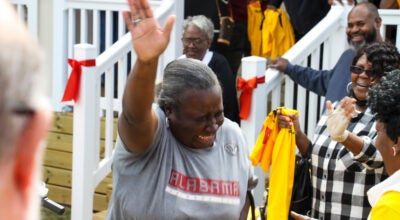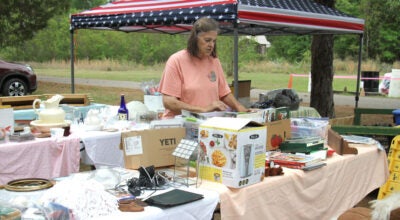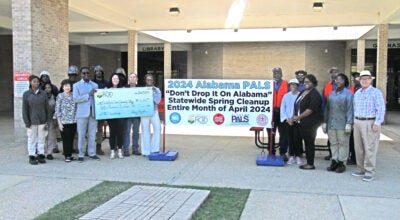County, city governments set to receive new batch of oil lease funds
Published 8:35 pm Tuesday, April 1, 2014
Dallas County isn’t known for rich oil deposits, but every year, in mid-April, local government receives hundreds of thousands of dollars from the oil and gas industry.
Oil lease money is doled out to municipalities, and all 67 Alabama counties, from the Alabama Trust Fund — created in 1985 to receive royalties from gas wells along the Alabama coast. The amount distributed to counties and cities depends on the amount of interest generated each year from the Alabama Trust Fund. The oil lease money is specifically designated toward capital improvements, such as street resurfacing.
In 2013, Dallas County received $700,000. On April 15, Dallas County Probate judge Kim Ballard said the county will receive approximately $300,000. The county commission incorporates the oil lease money into its budget and, in turn, finds projects for the funds.
“If we look at the past two years, we received $1 million that we would not have in our budget if it were not for oil lease funding,” Ballard said.
He said 2013’s distribution was significantly greater than average and allowed the county to plan for several additional capital improvement projects, many of which involve resurfacing roads. Previously, the commission used the oil lease funds to pay for an expansion at the Dallas County Jail, according to Ballard.
“We have used them for a myriad of things and at times have had to use them for major projects, like the jail,” Ballard said. “Thank goodness somebody saw fit to dole a small portion back out to the counties.”
Though this year’s amount is less than half as much as 2013, Ballard said he still plans to accomplish one capital improvement project in each county commissioner’s district.
The city of Selma is also expected to receive a chunk of oil lease money; though, Mayor George Evans said he wasn’t sure of the exact amount. Last year Selma received more than $460,000 in oil lease money.
“It’s hard to say how much we will receive,” Evans said. “We certainly hope that it would be greater or equal [to 2013].”
Once the city receives oil lease money, it’s divided 10 ways — to the nine members of the city council and Evans.
Evans and council members spend the oil lease funds at their discretion, with a focus on capital improvement projects.
For example, on Jan. 13, Ward 3 Councilman Greg Bjelke paid $614 to Capital Streetscapes LLC for stop signs, according to city documents. On Ja.n 22, Ward 5 Councilman Sam Randolph spent $1,500 to Jerry and John Woods Construction for a gazebo for a Ward 5 walking path, according to city documents.
Several council members also used oil lease funds to help pay for an electric substation near the Public Works Department, on Water Avenue.
Evans said oil lease funds provide an additional method to pay for small projects within the city limits.
“For certain projects, if everybody antes up, it can help to do things that [the city] wouldn’t be able to do otherwise,” Evans said. “It also gives the council an opportunity to do permanent type projects within their ward.”
A portion of the oil lease funds could be further divided into an emergency fund, if a proposal by City Council President Corey Bowie is passed.
Last year each council member received approximately $40,000 in oil lease funds. Bowie said he plans to propose a measure that asks each council member to contribute $10,000 to a fund for emergency infrastructure projects, such as the sinkhole in Bienville Park.





